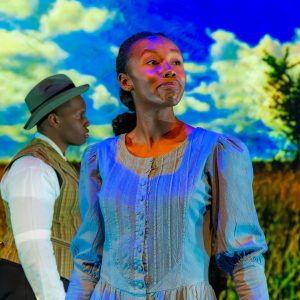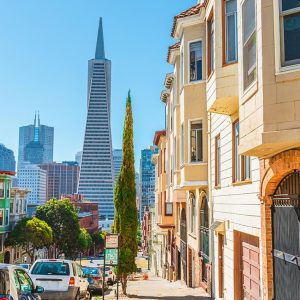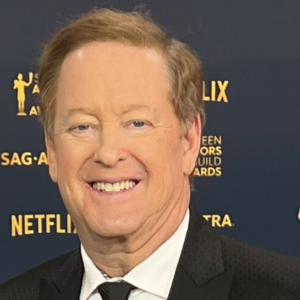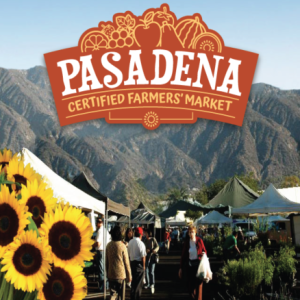 View Winners →
View Winners → One of America’s Hidden Gems: The Navajo Reservation
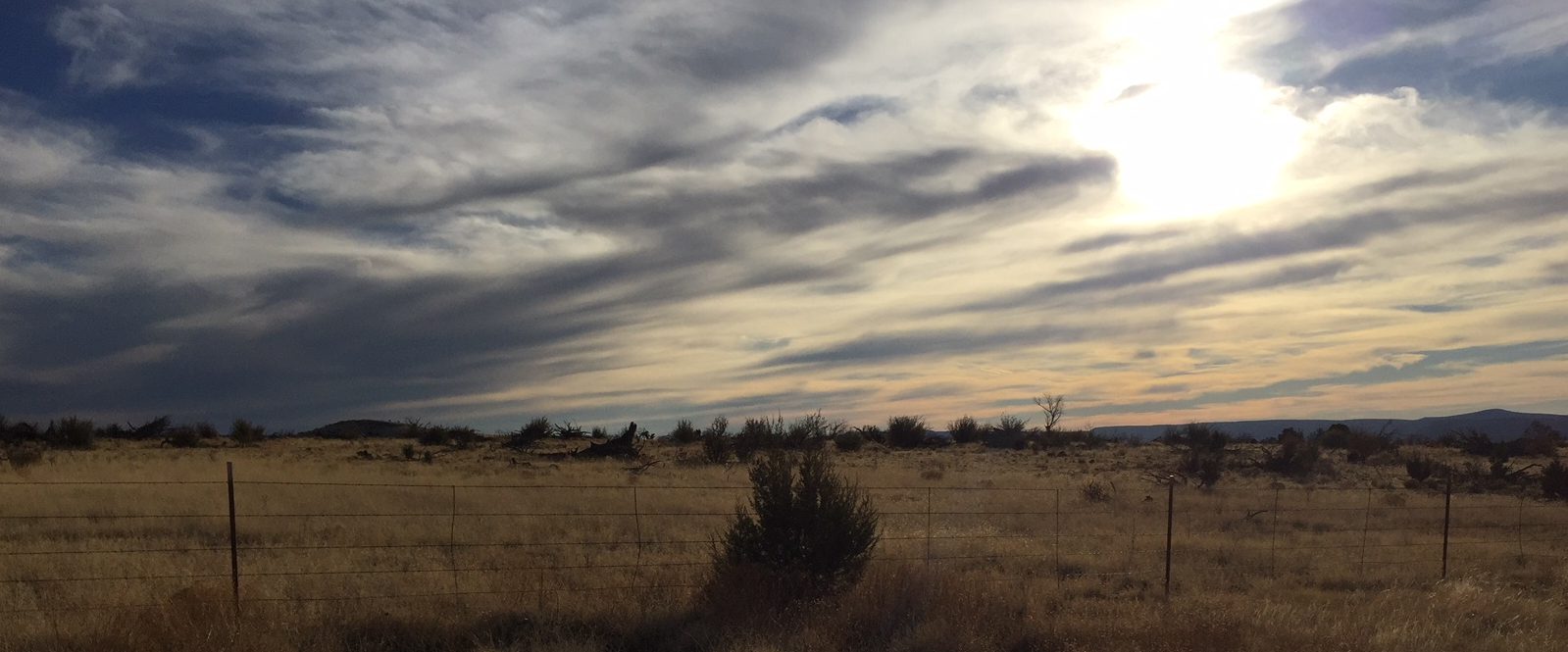

The highways run through deserts, forests, plains, and wide open skies as far as the eye can see. – Photo by Galen Patterson / Beacon Media News
By Galen Patterson
A few opening lines of “Moby Dick” read: “Whenever I find myself growing grim about the mouth; whenever it is a damp, drizzly November in my soul; whenever I find myself involuntarily pausing before coffin warehouses, and bringing up the rear of every funeral I meet, and especially whenever my hypos get such an upper hand of me, that it requires a strong moral principle to prevent me from deliberately stepping into the street and methodically knocking people’s hats off – then, I account it high time to get to sea as soon as I can. This is my substitute for pistol and ball.”
Most of us can relate, and those of us that can usually have their rejuvenating location in mind daily. Throughout my travels, I have found few places more interesting than the Navajo Reservation.
The 11-hour drive from Los Angeles County is not as daunting as it may seem. The highways run through deserts, forests, plains, and wide open skies as far as the eye can see. Easy access roads to the Grand Canyon pass by near Flagstaff, AZ and urbanization turns into vast emptiness the closer you get.
Upon reaching Gallup, NM, I turn North of Hwy 491, formerly named Rte. 666, and pass Shiprock, the famous rock formation that stands tall into the sky and resembles a wooden ship with fixed sails in the desert. From there I head East for an hour until I reach Farmington, NM, my easternmost extent for this journey.
The next morning I head West to the base of the Chuska Mountains, a southern branch of the Rocky Mountains, where an old friend calls home.
Lyle Curley lives in the heart of the reservation. Curley, a sort of jack-of-all-trades, makes quality rustic furniture, shepherds a growing flock of sheep, nurtures abandoned dogs, which abound by the hundreds in this area, and makes good use of his skills as a former hunting guide.
On this trip, he takes me to a canyon not far from his traditional 8-sided Hogan-style cabin to look for ancient petroglyphs similar to those he has shown me before. Accompanied by Curley’s apprentice Harris, a 20-something year-old Navajo man and skilled hunter, and alpha-chihuahua, Bootz, we stroll between the mesas, searching for signs of ancient activity.

Petroglyphs depicting multiple creatures, including human, sheep, and canine-like figures. – Photo by Galen Patterson / Beacon Media News
Curley and Harris point to crevices and take turns sharing stories of finding skeletons of unfortunate humans from unknown time periods. Both men have lived in the area most of, if not all of their lives and casually explain how the ancient dwellers of the region would lodge their dead into small caverns and cover them as a burial rite.
However, not all the stories come from the result of funeral privilege. Harris tells me about the rib cage he found wrapped in tattered flannel, and Curley follows up with a story from his youth, recovering escaping goats around the edges of the mesas, looking down and seeing both a saddle and skeletal remains.

Petroglyphs located on the Navajo reservation, depicting curious creatures. – Photo by Galen Patterson / Beacon Media News
As I stand in the valley, appreciating nature in all of its glory, I think of all the unfortunate travelers who met their end around where I stand. Before long, the sun has set around us and the unmarked graves, and we retreat to the Hogan to warm ourselves by the wood-heated furnace, then I’m off to Newcomb.
On this particular night, a ceremonial pow wow is beginning at the Newcomb High School, as a fund-raiser for the graduating class. Dancers from tribes across the U.S. wear their traditional regalia and stand by patiently for the opening ceremony.
The first part of the ceremony is the gourd dance, which honors veterans in the community. Dancers with a mix of military uniform components, complemented by traditional native clothing dance in the middle of the high school gymnasium, while more than a dozen men systematically sing traditional songs while simultaneously beating a large drum together. Frank Larson, from the Otoe tribe, informs me that drumming is part of the singing. “It’s how we keep our rhythm when we sing,” he said.
The songs span several minutes and shift rapidly in volume while maintaining a steady beat, their voices accompanied by the whoops and shrieks of female singers behind them. One singer, Wayne Longhorn of the Shawnee / Choctaw tribes in Oklahoma, tells me the discipline “comes with a lot of practice.”

Both the grass and bell dances are part of a healing dance, which incorporates elements of the planet. – Photo by Galen Patterson / Beacon Media News
Bells jingle, fringes fly and feathers flash gracefully in rhythm with the drum and I silently take it all in on the sidelines. Kathy Littlefawn, has been dancing since the late 70’s. She informs me that the bells attached to the native clothing represents seashells, and that they mimic the sound of rain. One of the Navajo dance judges, Wilfred Jumbo, tells me the fringes represent grass and that both the grass and bell dances are part of a healing dance, which incorporates elements of the planet.
Dancer Eric Betoni, of the Dine (Navajo), informs me that all the regalia must be made by hand and the dances being performed are stories told through movement. However, the stories are not as simple as those we hear nowadays. Sometimes, Betoni says, “you have to go deep inside to figure it out.” Betoni also informs me that some stories require ritualistic ceremonies.
The traditional cuisine at this event is what people refer to as a “Navajo Taco.” The Navajo taco is a large disc of fried dough, pillowy and relatively unflavored, topped with roast mutton and often served with a variety of vegetables and toppings. They are delicious and easily accessible through trailers parked on the side of main roads.
After leaving the pow wow, I climb back into my Jeep, and point it towards Farmington, where I would spend another day exploring and then enjoy the open road all the way back to Los Angeles County.





















